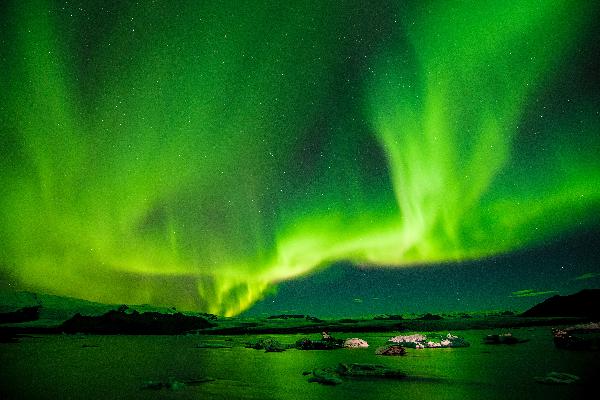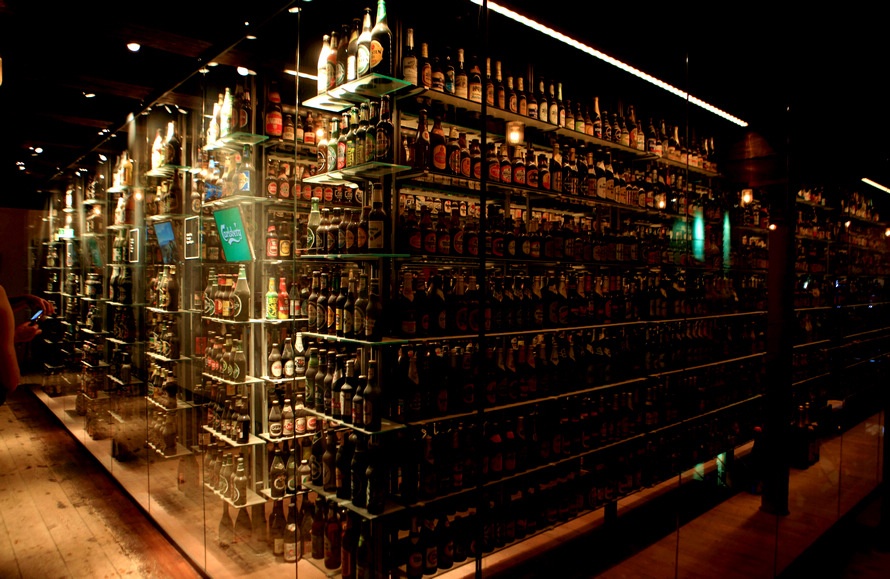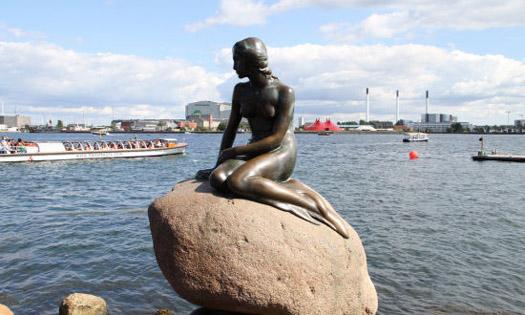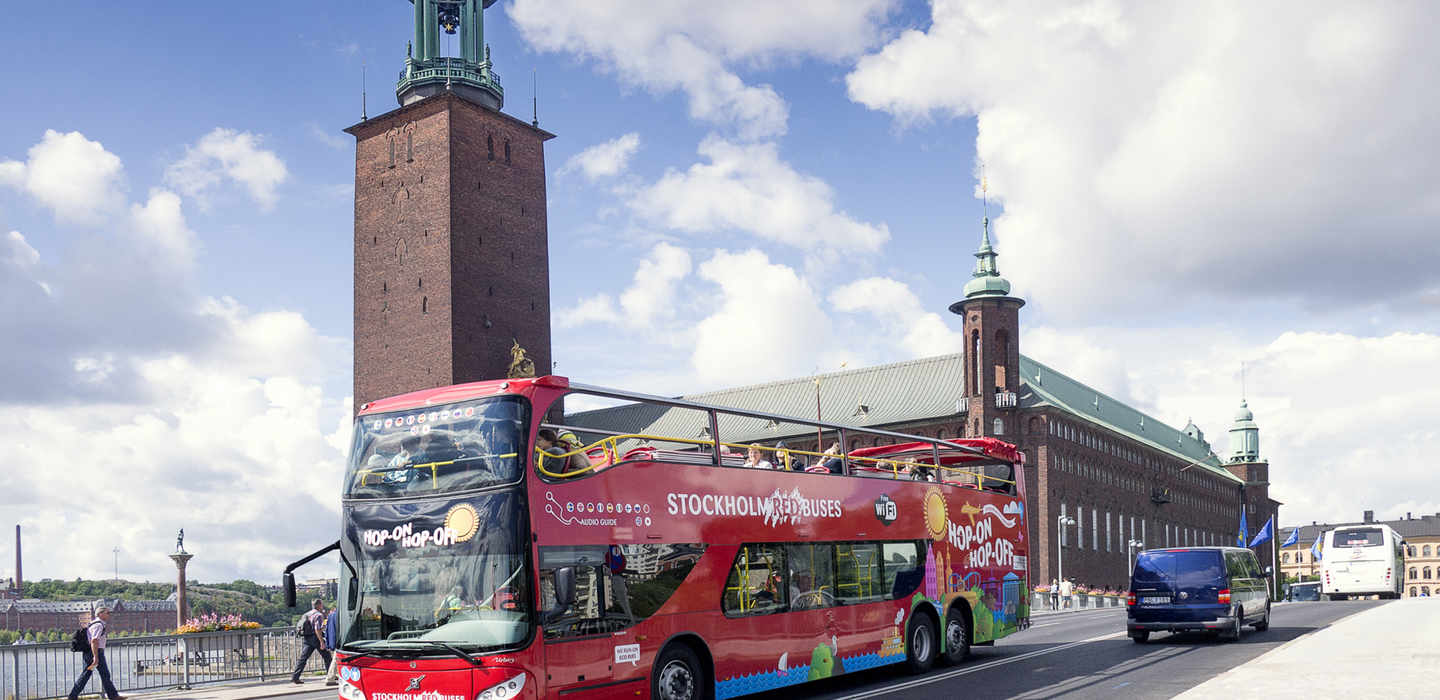Nuuk, Greenland: The Ultimate Travel Guide to the World's Smallest Capital

Nuuk, Greenland: The Ultimate Travel Guide to the World's Smallest Capital
Perched on the southwestern coast of the world's largest island, Nuuk is the capital and largest city of Greenland. With a population of just over 19,000, it holds the unique title of the world's smallest capital city. However, what it lacks in size, it compensates for with breathtaking natural beauty, a rich Inuit and Norse history, and a vibrant, modern cultural scene. Nuuk is a city of stark contrasts, where colorful wooden houses cling to rugged granite slopes, contemporary art galleries stand beside ancient fjords, and the timeless traditions of the Inuit people meet 21st-century Scandinavian life. For the adventurous traveler, it offers a gateway to the Arctic wilderness unlike any other.
Introduction to Nuuk
Nuuk, meaning "The Headland" in the Greenlandic language (Kalaallisut), was founded in 1728 by the Danish-Norwegian missionary Hans Egede. Its location at the mouth of the immense Nuup Kangerlua fjord—one of the largest and most complex fjord systems in the world—has made it a strategic and cultural hub for centuries. The city experiences a polar maritime climate, with winters that are cold but moderated by the sea, and cool, bright summers. The midnight sun is visible from late May to late July, while the winter months offer opportunities to witness the mesmerizing Northern Lights.
The city's identity is a powerful blend of old and new. Visitors can explore ancient Inuit archaeological sites in the morning and dine in award-winning Nordic restaurants in the evening. Nuuk is the administrative, economic, and cultural heart of Greenland, home to the University of Greenland, the National Museum, and the Katuaq Cultural Centre. It serves as the perfect base for exploring the untamed Arctic landscape that lies literally at its doorstep.
Top Attractions and Things to Do
Historical and Cultural Sites
National Museum of Greenland: This is an essential first stop for any visitor. The museum provides a profound overview of Greenland's 4,500-year history, from the earliest Paleo-Eskimo cultures to modern times. Its most famous exhibits are the Qilakitsoq mummies, eight remarkably well-preserved 15th-century Inuit mummies discovered in a rock grave. The museum also features extensive displays on traditional Inuit kayaks, skin clothing, Norse artifacts from the Eastern Settlement, and contemporary art. Hans Egede House: Located in the old colonial harbor, this is the oldest building in Greenland, constructed in 1728 by the city's founder. While the interior is not always open to the public, the exterior offers a poignant glimpse into Nuuk's colonial past. The statue of Hans Egede overlooking the city is a short walk away. Nuuk Cathedral (Annaassisua Oqaluffia): The iconic red church with its spire is one of Nuuk's most photographed landmarks. Built in 1849, it is a simple yet elegant Lutheran cathedral. The large portrait of Hans Egede inside, painted by Danish artist Christian Bolt, is a notable feature. Statue of Hans Egede: Perched on a hill above the old colonial harbor, this statue looks out over the city. It's a historic monument that sparks conversation about Greenland's colonial history and its path towards self-governance.Modern Cultural Centers
Katuaq Cultural Centre: An architectural marvel, Katuaq's undulating facade is inspired by the Northern Lights and the play of light on ice. It is the heart of Nuuk's contemporary cultural life, hosting film screenings, concerts, art exhibitions, and conferences. Its cafe is a popular spot for locals and visitors alike. Nuuk Art Museum: Housed in an extended historic building near the colonial harbor, this museum holds an impressive collection of over 300 works of art, primarily by Greenlandic artists dating from the late 19th century to the present. It offers deep insights into how Greenlandic identity and landscape have been interpreted through art.Outdoor Adventures and Natural Wonders
Boat Tours to the Nuuk Fjord: A boat trip into the Nuuk Fjord is an unmissable experience. This vast network of fjords stretches over 160 kilometers inland and is dotted with icebergs, dramatic mountains, and isolated settlements. Tours often include visits to abandoned Norse settlements, whale watching (humpback and minke whales are common in summer), and opportunities to see seals and seabirds. Quassussuaq (Lille Malene) & Ukkusissat (Store Malene) Hikes: The mountains surrounding Nuuk offer fantastic hiking opportunities. A popular hike is to the summit of Quassussuaq, which provides a stunning panoramic view of the city, the fjord, and the distant Sermitsiaq mountain. For more experienced hikers, Ukkusissat offers a more challenging trek. Old Harbor (Kolonialhavnen): The historic heart of Nuuk is a picturesque area filled with brightly colored historic buildings set against a backdrop of granite cliffs and water. It's a peaceful place for a stroll and to watch local fishermen at work. Whale Watching: From April to November, but particularly in the summer months, the waters around Nuuk are rich with marine life. Joining a whale watching tour provides an excellent chance to see humpback whales breaching, as well as minke and fin whales. Northern Lights Viewing: During the dark winter months (September to April), Nuuk is an excellent place to see the Aurora Borealis. Away from the city's limited light pollution, the chances of witnessing this natural spectacle are high on clear nights.Greenlandic Cuisine: What and Where to Eat
Greenlandic food is a testament to survival and sustainability in a harsh climate, based primarily on what the sea and land provide. The concept "Inuit Niku" (Inuit Food) involves locally sourced game and seafood.
Recommended Restaurants and Cafes
Sarfalik: Located in the Hotel Hans Egede, this is Nuuk's finest dining establishment. It offers a gourmet tasting menu that creatively incorporates traditional Greenlandic ingredients like musk ox, reindeer, seal, and local seafood into modern Nordic cuisine. Charoen Porn: A surprising but beloved fixture in Nuuk, this Thai restaurant is immensely popular for its authentic and flavorful dishes. It’s a testament to Nuuk's growing multiculturalism. Esmeralda: A cozy and popular restaurant serving a mix of Italian and Greenlandic dishes. It's a great place to try pizza or pasta alongside local beer. Barista Cafe: A modern cafe perfect for a coffee break, light lunch, or pastry. It reflects the contemporary Scandinavian cafe culture that has taken root in Nuuk. Bryghuset (The Brewery): A local microbrewery and pub that crafts its own beers using pure Greenlandic water. It's a lively spot to try a "Polar Beer" and enjoy a burger or other pub fare.Transportation: Getting To and Around Nuuk
Getting to Nuuk
The primary way to reach Nuuk is by air.
Nuuk Airport (GOH) is located about 4 km from the city center. There are no direct intercontinental flights; all travel goes through Iceland or Denmark.It is also possible to arrive by sea.
Arctic Umiaq Line operates a coastal ferry service that connects towns and settlements along the western coast, including Nuuk. This is a slower but incredibly scenic way to travel.Getting Around Nuuk
Nuuk is a very walkable city. The city center, including the colonial harbor and main shopping areas, can easily be explored on foot.
Accommodation Tips: Where to Stay
Nuuk offers a range of accommodation options, from high-end hotels to more budget-friendly hostels and guesthouses. Due to limited options, it is highly advisable to book well in advance, especially during the peak summer season.
Cultural Insights and Practical Tips
Understanding Local Culture
The population of Nuuk is primarily Inuit (Greenlandic), with a significant minority of Danes. The official languages are Greenlandic (Kalaallisut) and Danish, but English is widely spoken in tourist areas.
Practical Information
A Sample 3-Day Itinerary in Nuuk
Day 1: History and City Life- Morning: Visit the National Museum to understand Greenland's deep history.
- Afternoon: Stroll through the Old Colonial Harbor, see Hans Egede's House and the red cathedral. Have lunch at a cafe in the city center.
- Evening: Enjoy a gourmet dinner at Restaurant Sarfalik or a casual meal at Esmeralda.
- All Day: Take a guided boat tour into the Nuuk Fjord. Look for whales and icebergs, and perhaps visit the abandoned settlement of Kangeq.
- Evening: Share stories over a local craft beer at Bryghuset.
- Morning: Explore modern Greenlandic culture at the Katuaq Cultural Centre and the Nuuk Art Museum.
- Afternoon: Hike up Quassussuaq (Lille Malene) for breathtaking panoramic views of Nuuk.
- Evening: Enjoy a final dinner at Charoen Porn for a taste of international flavor in the Arctic.
Conclusion
Nuuk is more than just a capital city; it is a vibrant testament to human resilience and cultural evolution at the edge of the inhabitable world. It offers travelers an unparalleled combination of raw Arctic nature, profound historical depth, and a dynamic contemporary society. From standing before ancient Inuit mummies to sailing past colossal icebergs in a silent fjord, a journey to Nuuk is an unforgettable immersion into the heart of Greenland. It challenges perceptions, inspires awe, and leaves visitors with a deep appreciation for this unique corner of the planet.


